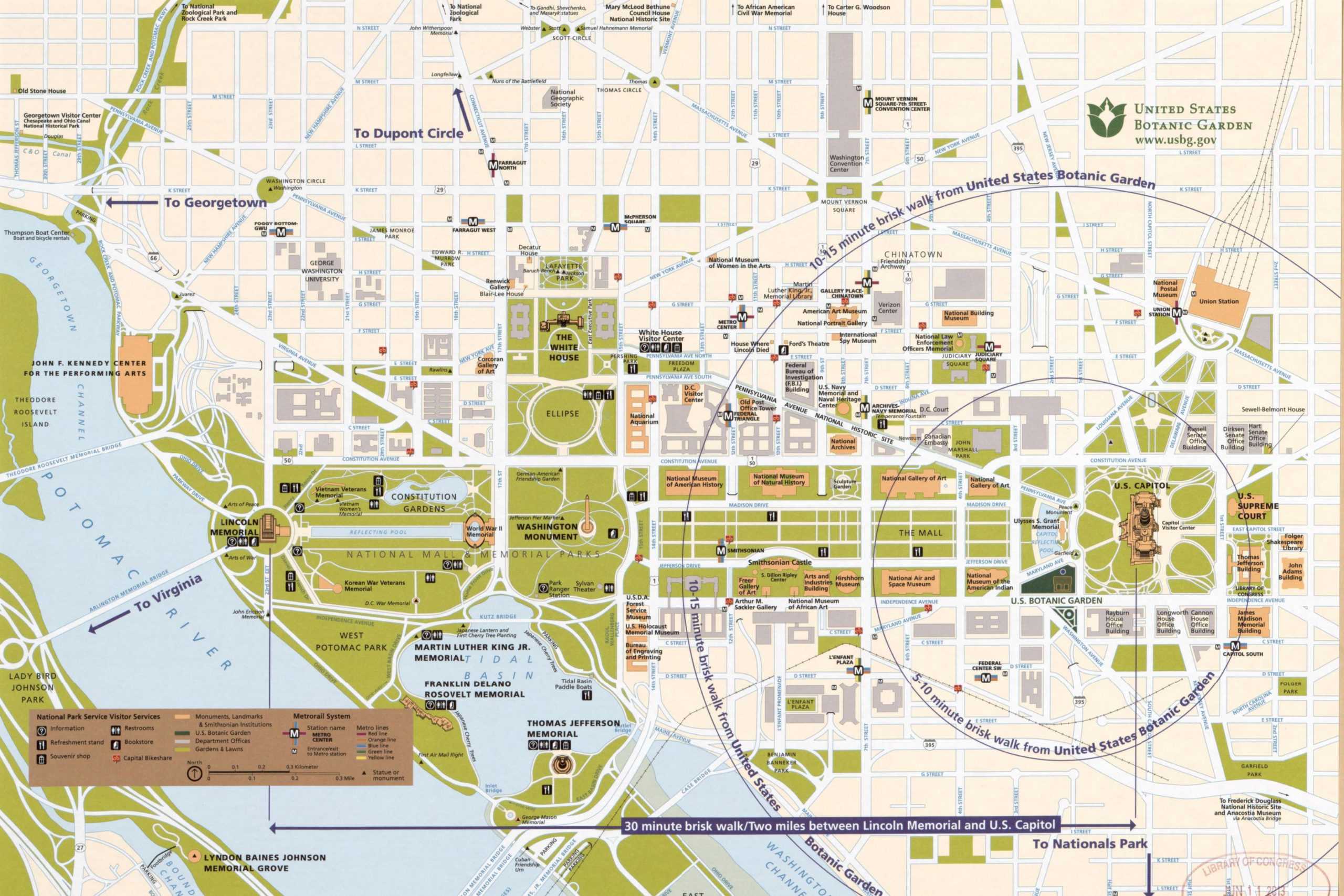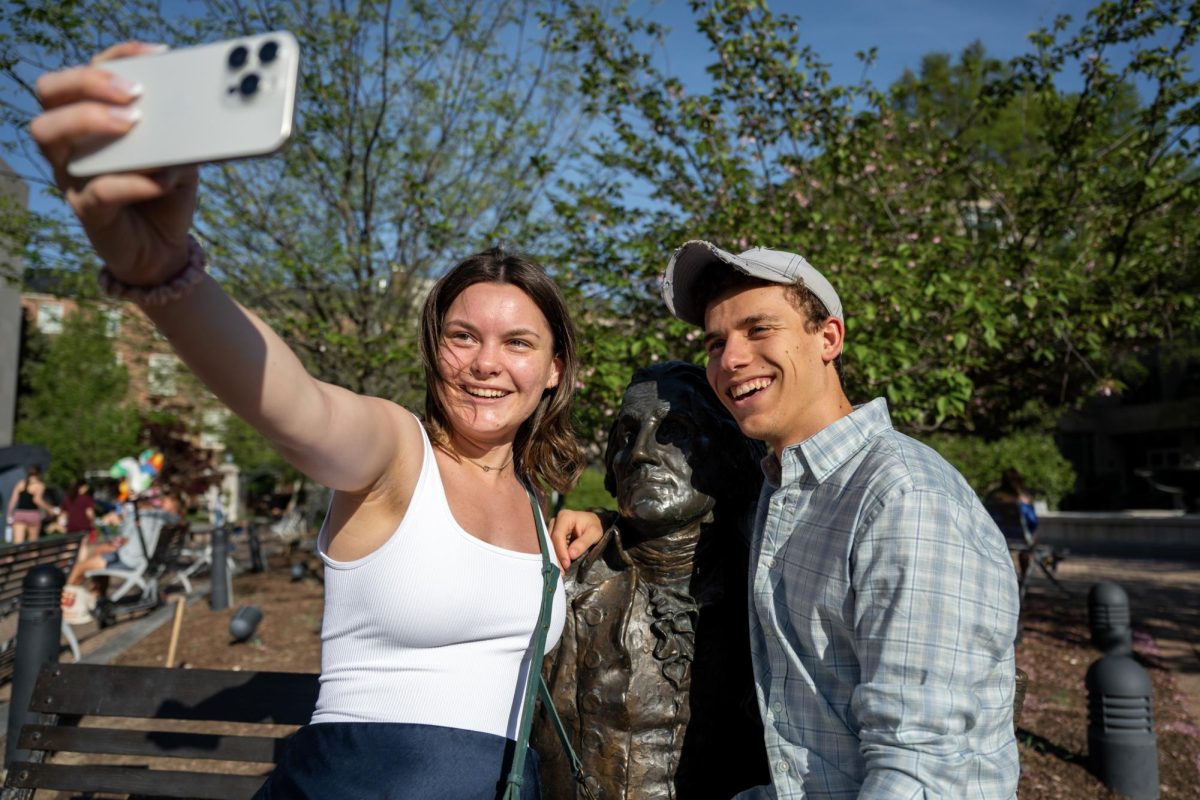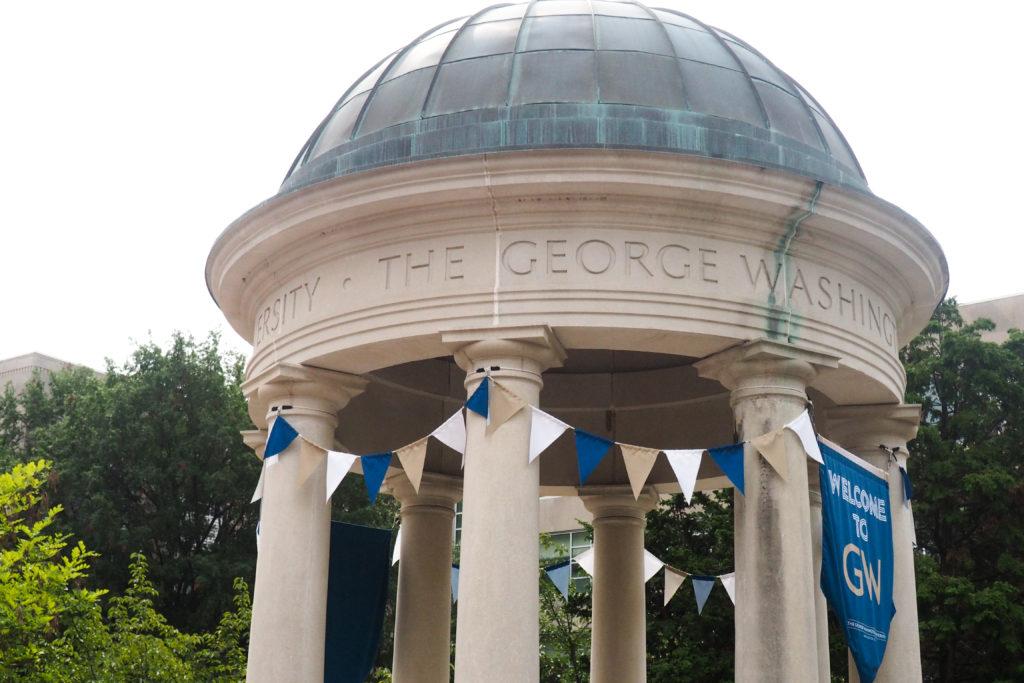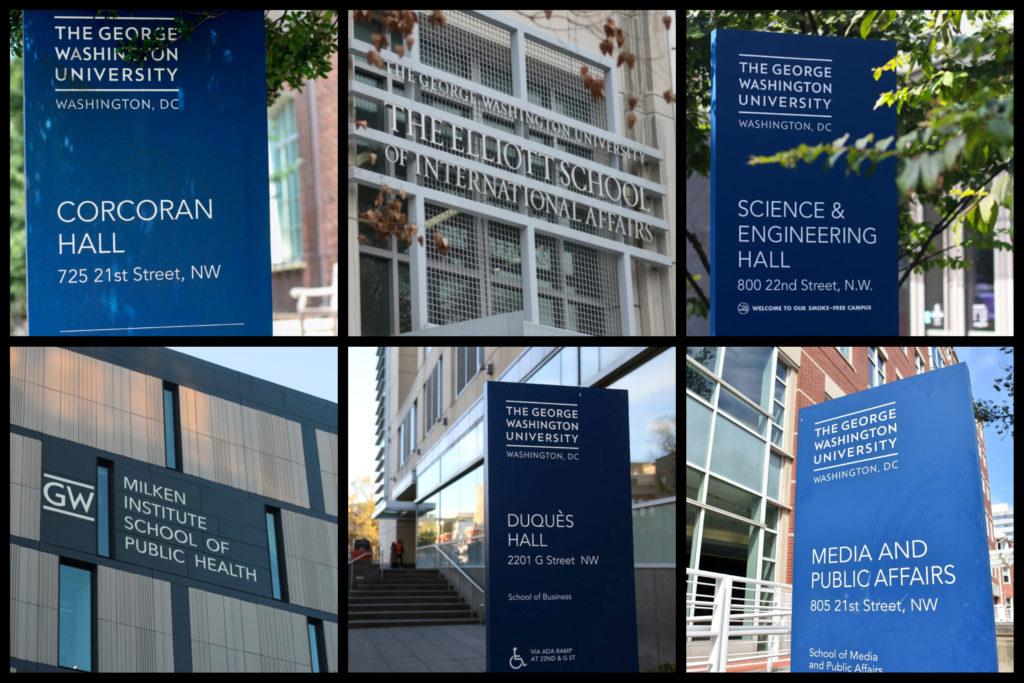As you begin to make your home in Foggy Bottom, take some time to learn the vast history of the city you’ll call home for the next few years. Since its founding in 1790, D.C. has been a hub of cultural, political and social movements that have shaped both the District and the nation as a whole. From the explosion of go-go music to the largest gathering of the civil rights movement, we’ve compiled some key moments in the District’s history.
1790: President George Washington selects D.C. as the national capital through the Residence Act of 1790. President George Washington strategically chose to locate the nation’s capital near two successfully established port cities – George Town, now known as Georgetown, and Alexandria, Va. – to economically bind the western territories to the eastern seaboard. D.C. sat on the Potomac River’s navigation head, providing passage and supplies for ships.
1814: British troops set fire to the White House, U.S. Capitol and other federal buildings, leaving just one major public building standing. Congress met in alternate locations until 1819 when the Capitol building underwent major reconstruction.
1910: The Height of Buildings Act of 1910 caps all buildings aside from the Washington Monument at 130 feet tall, establishing D.C. as a skyscraper-less city and paving the way for the District’s urban but neighborly atmosphere.

Courtesy of the Library of Congress
1961: D.C. residents are granted the right to vote for president through the passage of the 23rd Amendment to the Constitution. District voters cast their ballots for the first time in the presidential election of 1964, when they overwhelmingly voted for Democratic candidate Lyndon Johnson, who would go on to beat Republican candidate Barry Goldwater.
1970s: Go-go, a style of funk music with heavy percussion and bass, originates in D.C. Musicians like Chuck Brown and the Soul Searchers were early pioneers of this style of music. Go-go music was popular at dance halls in Black communities throughout D.C. Mayor Muriel Bowser signed legislation last year making go-go the official music of the District.
1990s: D.C. emerges from a financial crisis and starts on a path toward heightened gentrification. The city’s population began to expand drastically in the early 2000s and between 2000 to 2018, the median property value skyrocketed 91 percent. The top quintile of households brought in 29 times more income than households with income in the bottom 20 percent, and the divide follows the housing divide which established in the 20th century.
2020: The House of Representatives votes to make D.C. the 51st state for the first time in history, although it does not receive a vote in the Senate. The vote came after decades of local activists calling on officials to designate the District as a state, granting congressional representation to the city of about 700,000 residents. The House approved D.C. statehood for a second time earlier this year.







